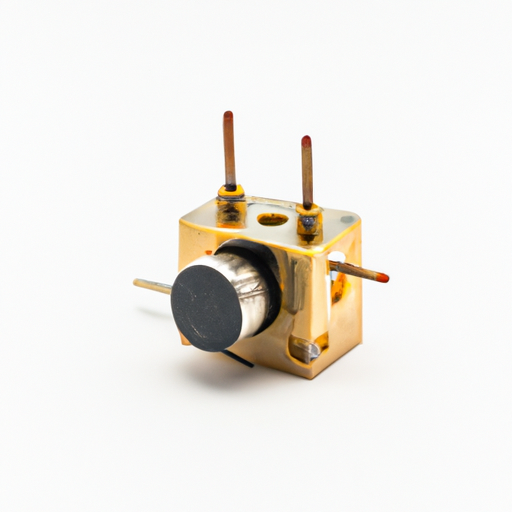Core Functional Technology of Rotary Potentiometers and Rheostats
| 1. Basic Operation | |
| 2. Types | |
| 3. Construction | |
| 1. Audio Equipment | |
| 2. Consumer Electronics | |
| 3. Industrial Applications | |
| 4. Robotics and Automation | |
| 5. Medical Devices | |
| 1. Technical Articles | |
| 2. Application Notes | |
| 3. Case Studies |
Application Development Cases
Articles and Resources
Conclusion
Rotary potentiometers and rheostats are fundamental components in a wide range of applications, from consumer electronics to industrial automation. Their ability to provide variable resistance and control makes them invaluable in many electronic designs. By understanding their core technologies and applications, engineers and designers can make informed decisions when integrating these components into their projects. As technology advances, the development of more sophisticated and reliable potentiometers will continue to expand their functionality and application potential.






